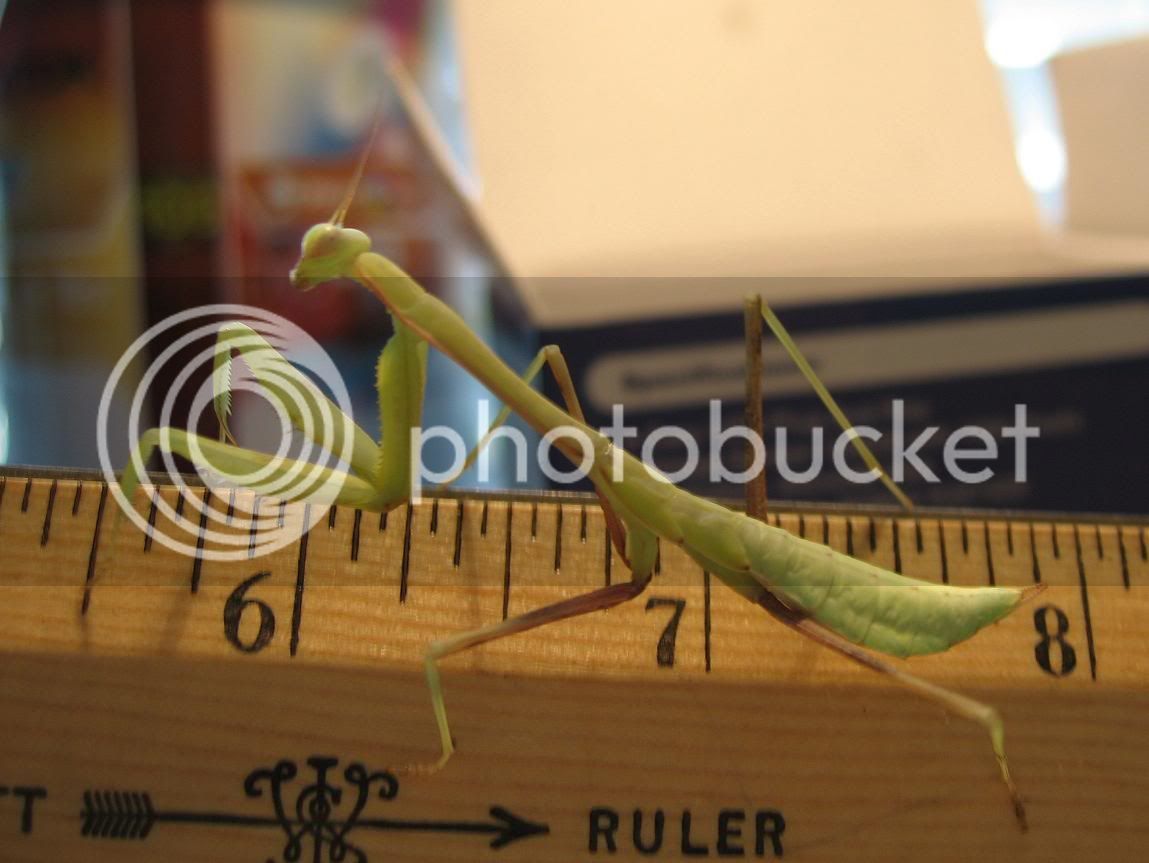13ollox
Well-known member
Ive got 2 females anyway . and 2 males arriving . so i can try the other male i guess .. but it probs will be succesful anyway. thanks ! look forward to the unveiling of your super secret project !
thanks
Neil
thanks
Neil













































